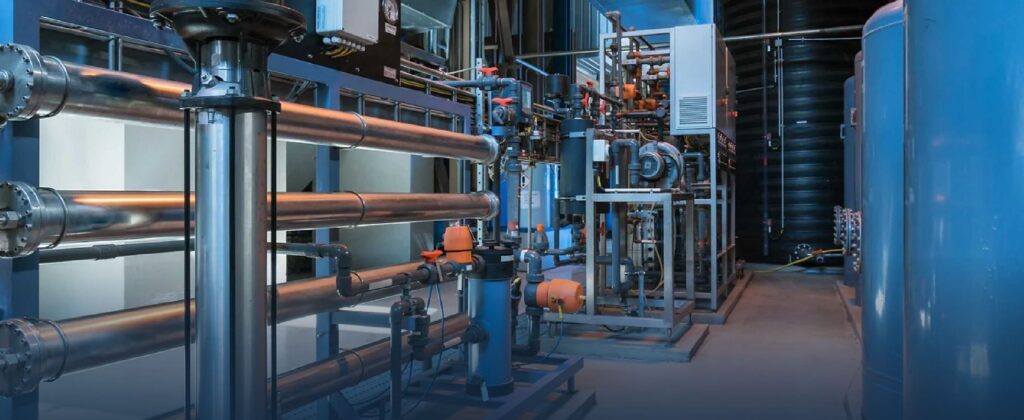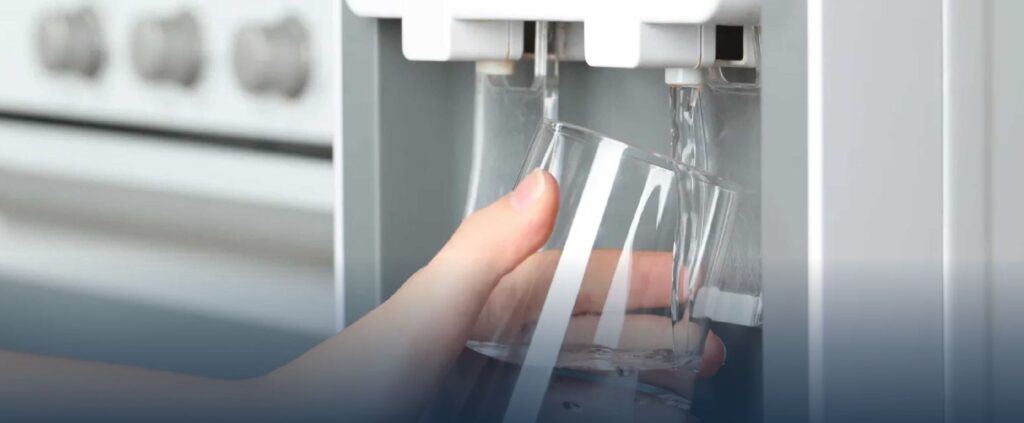
Strong Oxidiser
Ozone is a highly unstable molecules since oxygen atoms like to be bonded together as O2 as opposed to O3. The weak bonds holding together the 3rd oxygen atom cause instability which ultimately makes ozone a powerful oxidising agent. Ozone is able to oxidise a variety of substances including microorganisms (viruses, bacteria, mould) and organic/inorganic compounds (plastics, rubbers, metal ions).

Disinfecting Agent
The highly unstable 3rd oxygen atom also makes ozone a powerful disinfecting agent. A large amount of energy is transferred during the oxidation reaction between ozone and the substance being oxidised. This energy transferred is sufficient enough to rupture the outer membranes of microorganisms leading to their destruction.

Cleaner Means of Purification
Ozone’s powerful ability to oxidise and disinfect makes it ideal to replace common purification sources like chlorine, hot water and steam in many applications. Ozone reactions do not produce any harmful by-products as ozone just reverts back to oxygen. This means a reduction in chemical use, by-product as well as energy during many purification applications.

How is Our Ozone Produced?
Pacific Water Technology’s Ozone generators make use of High Voltage Electrical Discharge (Corona Discharge) technology to produce ozone.



